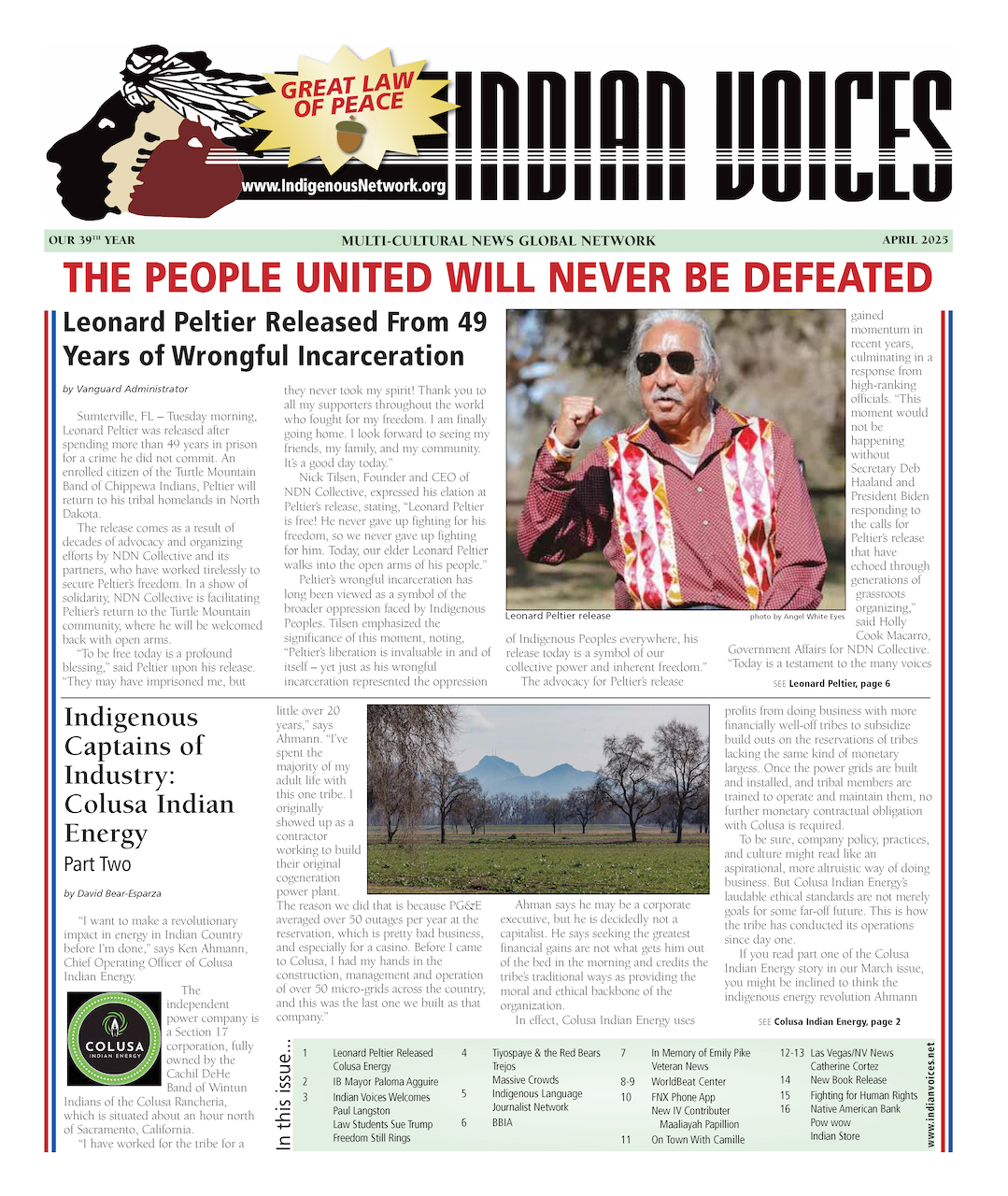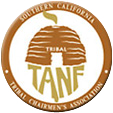Outlines Process for Cooperative Agreement Development, Purchase Ceilings and Base Payment
WASHINGTON, D.C. – Following extensive consultations with American Indian leaders, the Department of the Interior today made a number of announcements related to the significant efforts underway for the purchase of fractional interests in American Indian trust lands from willing sellers. In particular, the Department announced that it has launched efforts to establish cooperative agreements with several tribal nations to facilitate the purchase of individual interests in highly fractionated trust lands for the purpose of consolidating ownership of these acres for the beneficial use of tribal nations.
The Department has also established purchase ceilings to ensure that all qualifying tribes will have the opportunity to participate in the Land Buy-Back Program for Tribal Nations (Buy-Back Program). Additional incentives for individual owners to offer their fractionated shares for the benefit of tribal communities also were announced, including minimum payments and Indian scholarship funds.
As part of President Obama’s commitment to help strengthen Indian communities, the Buy-Back Program was created to implement the land consolidation component of the Cobell Settlement, which provided a $1.9 billion fund to purchase fractionated interests in trust or restricted land from willing sellers, at fair market value, within a 10-year period.
“With a solid foundation built on government-to-government consultation, the Department is now prepared to begin working with tribal nations so we can proceed with initial offers by the end of this year,” said David J. Hayes, Deputy Secretary of the Interior. Hayes, who chairs the oversight board created to ensure the highest-level of accountability within the Interior Department, emphasized that the goal of the Buy-Back Program is to unlock the benefit of fractionated lands for tribal communities. “We need to be smart about managing the available resources of tribal communities and the federal government, while developing flexible processes for each cooperative agreement,” he said.
As outlined in the Implementation Plan released in December 2012, Department officials have had extensive consultation with tribes across Indian Country over the past several months to determine how to move forward with a process that provides an efficient and fair way for individual owners of fractionated interests to participate in the Buy-Back Program, maximizes the opportunity for tribal government involvement, and offers the greatest flexibility for each tribal nation to determine what is best for their community. Today’s announcements are based on these consultations, which will continue to inform next steps. Department personnel have also been hard at work refining valuation methods, updating title systems, and staffing up appraisal teams to accommodate the significant interest in the program.
PILOT EFFORTS UNDERWAY
Interior holds about 56 million acres in trust or restricted status for American Indians. More than 10 million acres are held for individual American Indians and nearly 46 million acres are held for Indian tribes. The Department holds this land in more than 200,000 tracts, of which about 92,000 (on 150 reservations) contain fractional ownership interests available for purchase by the Buy-Back Program. Approximately 90% of the fractionated lands available to purchase are in 40 of the 150 locations.
Following its consultations, the Department has identified key criteria that will determine how and when tribal nations will be engaged over the next several years. The Buy-Back Program will move forward based on a number of factors, including the severity of fractionation, degree of ownership overlap between tracts, geographic location to maximize efficiency and resources, appraisal complexity, and readiness or availability of resources. In particular, the Buy-Back Program will ensure that all types of tribal communities are participating in all phases of the program – including tribes that do not have large numbers of fractionated lands. Ensuring this type of tribal diversity in the Buy-Back Program was an important and frequently raised issue by tribal nations through consultation sessions, and it will be a key consideration in setting priorities.
Using these criteria, the Department will launch pilot efforts with as many as 10 reservations this year, with the opportunity to make adjustments for lessons learned for future implementation. Land research, valuation work, and outreach efforts are underway at several locations, including the Pine Ridge, Crow, Makah, and Sisseton-Wahpeton reservations.
COOPERATIVE AGREEMENT DEVELOPMENT
As tribal communities are identified for implementation, the Department will enter into cooperative agreements that are flexible and responsive to the specific needs of the nation involved. Tribes have the opportunity to actively participate in the process, which will improve the program’s effectiveness and efficiency while minimizing administrative costs. Agreements will allow for resources to be provided to each tribal government to facilitate outreach and education, solicit interest from owners, and further identify tribal priorities.
“This is a program that will not be implemented overnight, but we will be thorough and tailor opportunities for the benefit of each nation,” said Kevin K. Washburn, Assistant Secretary for Indian Affairs. “We must have the flexibility to learn from each buy-back effort and provide transparency for each successive tribe.”
ESTABLISHMENT OF PURCHASE CEILINGS AND BASE PAYMENTS
Two key decisions flowing directly from the Department’s nation-to-nation consultations relate to purchase ceilings and base payments. To ensure that the Buy-Back Program will be implemented at as many locations as possible (including less fractionated locations), purchase ceilings will be used to protect against premature exhaustion of funds. Also, the Buy-Back Program will provide landowners with a base payment of $75 per offer, regardless of the value of the land, based on estimates for the time and effort required for individual land owners to proceed through the acquisition process and to facilitate sales.
In addition to base payments, the Department discussed the allocation of funds toward Indian educational scholarships as a further incentive for participation. Up to $60 million from sales will be designated for the Cobell Scholarship Fund for American Indians and Alaska Natives. The fund will be controlled by a board of trustees nominated by tribal governments and administered by the American Indian College Fund in Denver, CO with 20% allotted to the American Indian Graduate Center in Albuquerque, NM.
TRANSPARENCY AND AVAILABILITY OF RESOURCES
The Department is committed to ongoing consultation with tribal nations and full transparency as it continues to implement the many steps associated with the Buy-Back Program, which had been referred to as the Cobell Trust Land Consolidation program. In addition to future consultations, personnel will hold a workshop prior to remarks by Secretary of the Interior Sally Jewell at the upcoming National Congress of American Indian’s Mid-Year Conference later this month. The workshop will further discuss the development of cooperative agreements, the ongoing, independent review by the Appraisal Foundation of the Department’s appraisal process, and the pilot efforts and ramp-up plans for the acquisition of land at initial locations.
Later this summer, the Buy-Back Program will launch a comprehensive website with resources for tribal governments and individuals, including easy-to-use templates for the creation of cooperative agreements that are currently being developed with input from tribes and tribal organizations.






